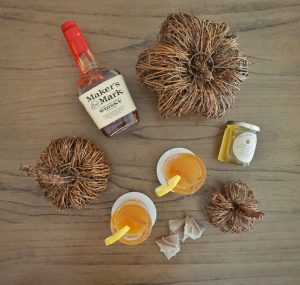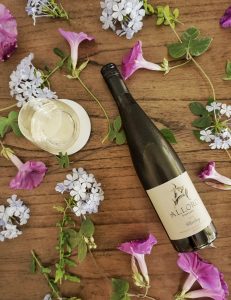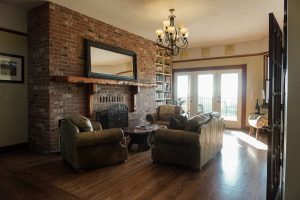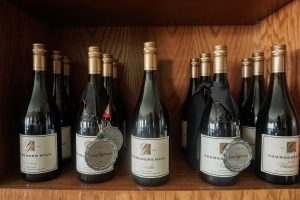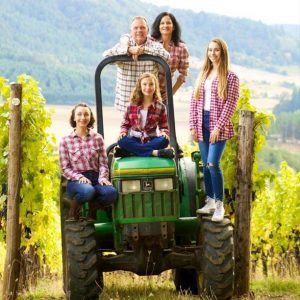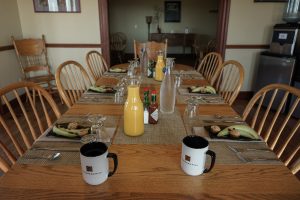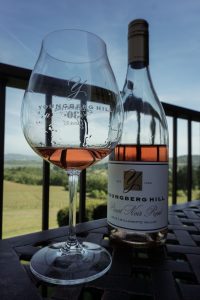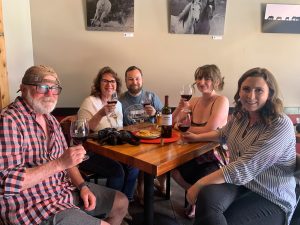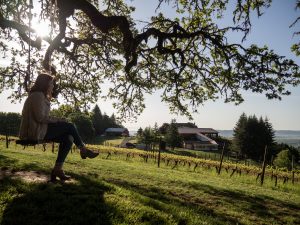If you haven’t heard, October is #MerlotMonth. So, it’s perfectly fitting that my Sip of the Week this week features one of my go-to Merlots for any occasion. The Gainey Vineyards Merlot is not only affordable, but an excellent quality red wine. And there’s no better time to try it than during the month of October!
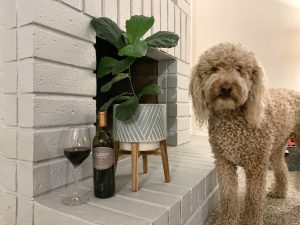
Gainey Vineyards is located in Santa Ynez, California, just inland of Santa Barbara and close to the town of Danish-style Solvang. It’s one of the closest AVAs to where I live, so I consider it my wine country backyard! Gainey is situated on a beautiful property surrounded by rolling hills, and its décor is classic and elegant, just like their wines.

The Gainey Merlot is a great wine for the bold-red wine lover.
It features berry aromas with flavors of pepper, savory spices, and herbs on the palate. Like many Merlots, this one has a dry finish and pairs well with food that has a slight sweetness to it (we tried it with a seasonal pumpkin curry…it would also pair well with my pumpkin pasta sauce or roasted acorn squash). Give this wine a few minutes to open up after you pour and it will be sure to impress!
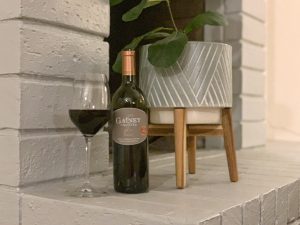
This wine is available at Total Wine & More for under $15 per bottle. The Gainey Merlot is affordable enough for a weekday glass of wine, and sophisticated enough to serve at a dinner party. I always love featuring small-production, family-owned wines in those settings, so use this Merlot to introduce some wine fans to Gainey Vineyards!
The details:
Varietal: 94% Merlot, 6% Cabernet Franc
Vintage: 2016
ABV: 14.1%
AVA: Santa Ynez (100% Gainey Home Ranch)
Barrel Aging: 14 months in 27% new French oak
pH: 3.54
TA: 0.68 g/100 ml
Cases produced: 3,098
If you want to pay them a visit, Gainey is located at: 3950 CA-246 Santa Ynez, CA

Did you enjoy this Sip of the Week? Share on social media to show your support. Cheers!




